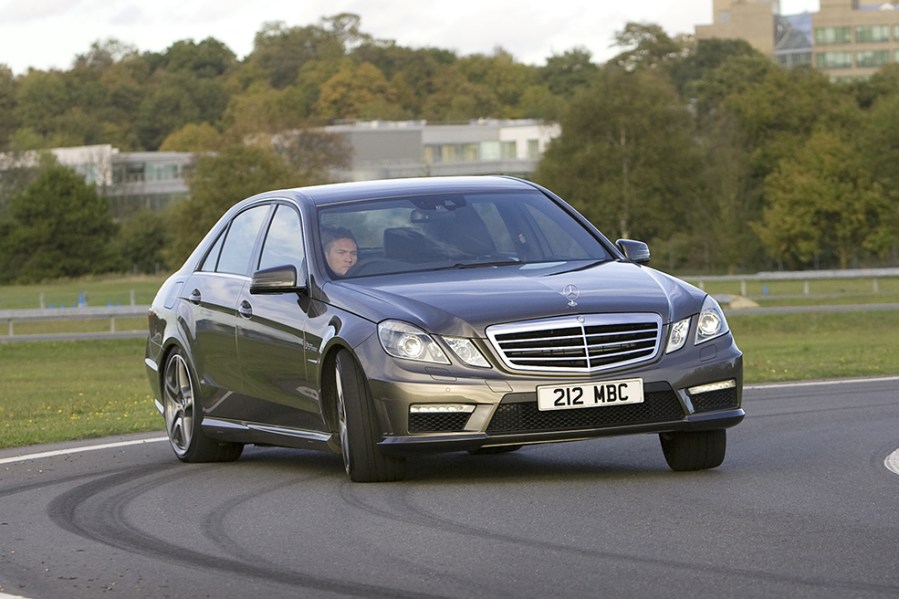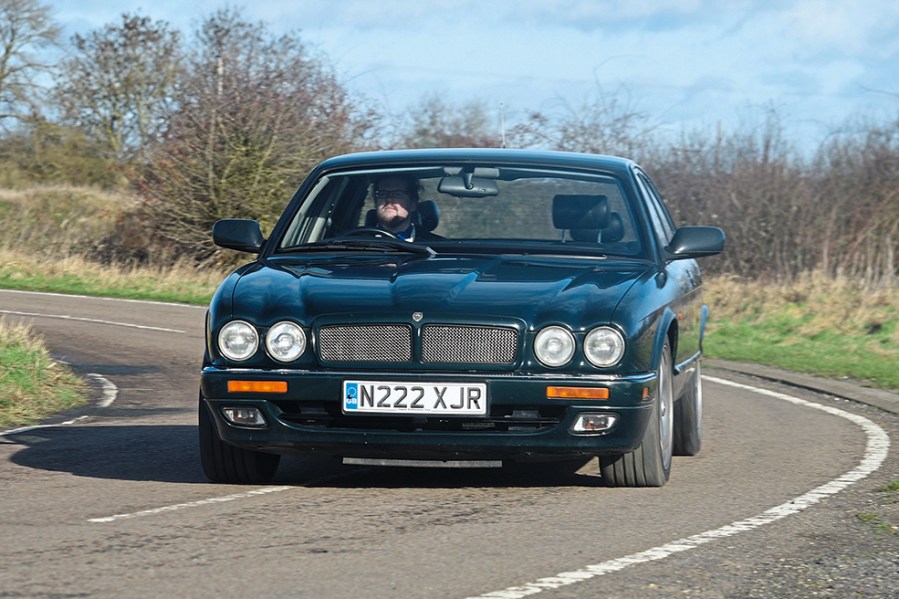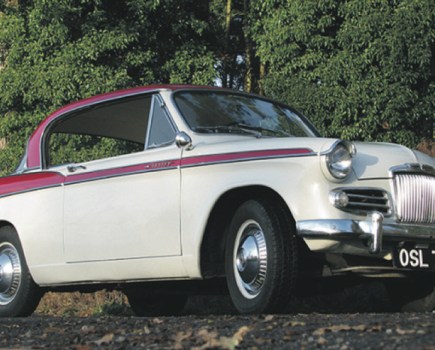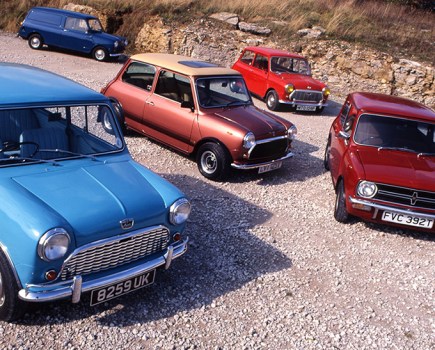Fast and great to drive yet luxurious and refined – there’s little to dislike about a great supersaloon. Here are our favourites
Fast saloon cars have been with us for years, with the likes of the Mercedes 300 SEL 6.3 and Jaguar XJ12 setting benchmarks in their respective decades and countless others combining large engines with refined comfort. The late 1980s saw a step change in fast saloons with the arrival of the Lotus Carlton, a five-seat executive car with supercar-beating performance, and so the phenomenon of the supersaloon was born.
Since that watershed moment, manufacturers have produced some of the most well-rounded sports saloons ever devised, combing extra performance with genuinely sporty handling while still retaining plenty of creature comforts.
Jaguar XJR (X300)
The Jaguar XJR was arguably the model that reinvigorated the Jaguar brand – and led to the image the marque now has. Based on the X300-era XJ, the first in-house XJR was a cool supersaloon – low, dark, sharp, with an interior that was more vodka bar than The Winchester. It had the handling and the power to match the looks too – not only did it live up to the famed XJ cornering prowess, but the ride wasn’t overly firm despite the low profile tyres.
And with 325bhp and 378lb.ft of torque, the XJR was able to mix is with more focused sports cars. The rare manual could nudge 60 in under 6 seconds, while even the more relaxed automatic was still a formidable weapon on a motorway. It loses little to the manual on a B road either, courtesy of the J-gate.
The market is starting to wake up to their potential as investments – where only a couple of years ago rough XJRs could be had fairly easily for very little, that ship has long sailed. As an investment, few 1990s classics look like better value right now than the XJR.
BMW M5 (E34)
BMW had offered M5s prior to the launch of the E34 range – with both an M535i and a hardcore M5 available in the previous E28 range. But the E34 was when the M5 really came of age as a supersaloon to be reckoned with. The 3.5 litre S38 six cylinder engine produced 311bhp and 266lb.ft of torque when the E34 M5 was launched in 1988 – more than enough to make mincemeat of any opposition from Brabus or Arden, and almost unchallenged until the launch of Mercedes’ E36 AMG and Jaguar’s XJR early in the 1990s.
Originally available solely as a saloon, a run of 891 Touring models were produced from 1992. These enjoy the dual distinction of being the first M-branded estate, and also the last hand-built model to emerge from BMW’s M-Division before production moved onto standard production lines. Touring models are collectible even by M-car standards, and values tend to be approximately 20% higher like for like as a result.
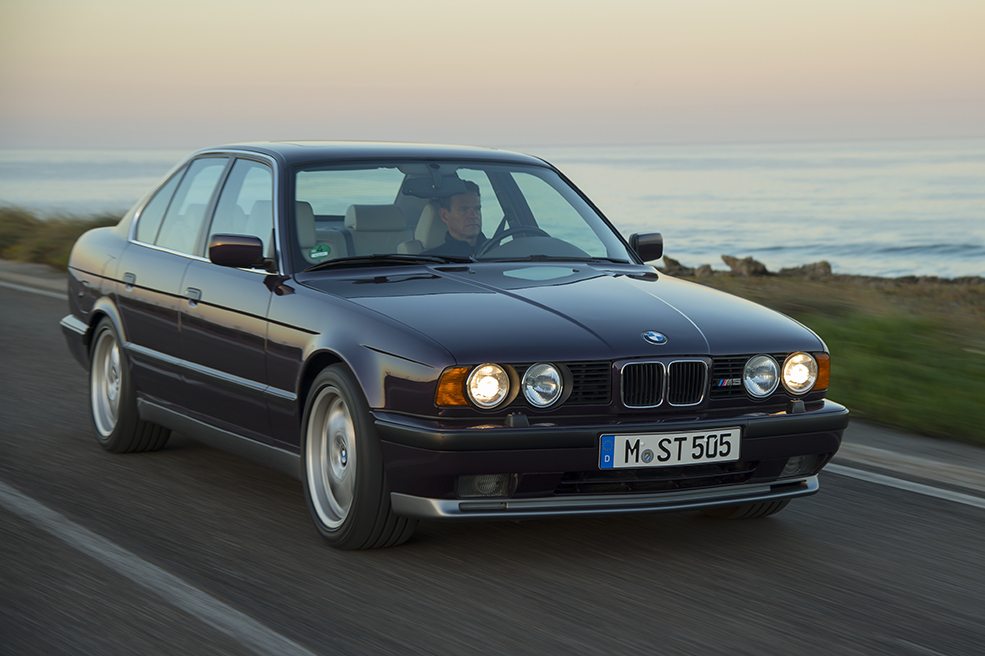
Maserati Quattroporte IV
Some within the media weren’t enamoured with the fourth-generation Maserati Quattroporte when the model was launched in 1994. Its predecessor had been one of the ultimate signs of excess – big, brash, a limousine for plutocrats, albeit one which would handle well if asked. This new model catered more to buyers of the previous Biturbo 430 supersaloon– and mechanically, it was much the same story. Under the skin lurked the V6 and drivetrain from the Ghibli, itself a development of the Biturbo. The new body – by Marcello Gandini at Bertone – was meant to shake off the link with the Biturbo, but attracted mixed opinions when current.
1995 saw the launch of a V8 derivative, using the V8 engine from the Maserati Shamal. Following Ferrari’s purchase of a 50% stake in Maserati in 1997, the Quattroporte received over 400 new major components to create the Quattroporte Evoluzione. With 50% new parts, the car was a significant upgrade on the earlier models, and typically commands a premium of 10-15% as a result.
The car has never been particuarly expensive on the classic market, but values are strengthening. Now might be a wise time to invest – especially given the car’s recent cameo in the latest James Bond film No Time to Die.
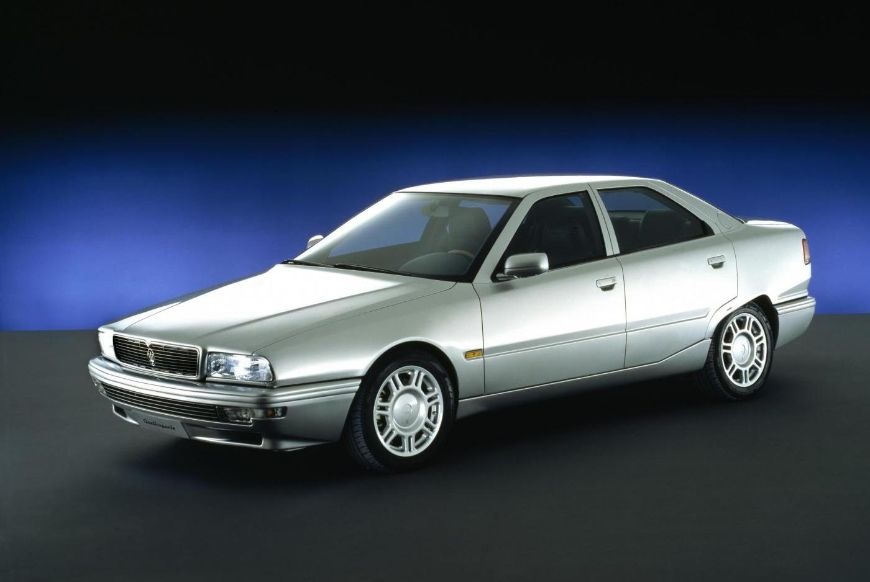
Audi S8 (D3)
While the original D2-generation Audi S8 is the most famous thanks to its starring role in Ronin, the second-generation D3 iteration is a fantastically potent supersaloon that’s sometimes overlooked.
That potency comes courtesy of a 5.2-litre V10 FSI engine based on the architecture of the firm’s 4.2-litre V8 and later used in the Audi R8 and its Lamborghini Huracan sibling.
Performance was excellent with 444bhp on tap: 0-62mph was sorted in 5.1 seconds and top speed was electronically limited to 155mph. The S8’s aluminium construction certainly helped here, as did Audi’s trademark quattro four-wheel drive system.
The Audi S8 would revert to V8 power in its third generation in the name of efficiency, so the D3 version stands as a relic of a golden era today. The good news is that prices start at well under £10,000 today, although it’s probably a good idea to proceed with caution.
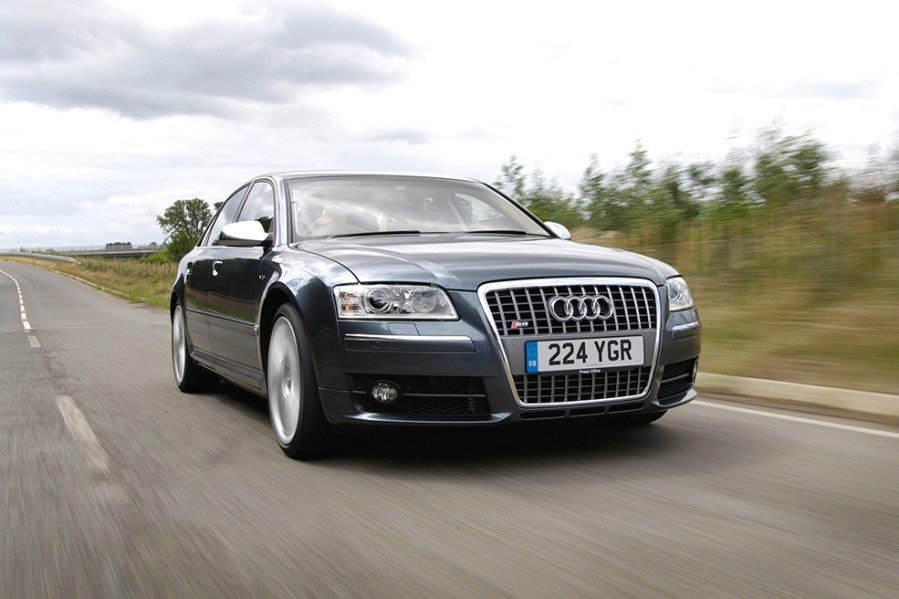
Mercedes E63 AMG (W212)
AMG has a long and proud history of making Mercedes saloons very fast but its efforts with the 2008-on W212-generation E-Class stand among the very best. Ditching previous AMG E-Class’ supercharged engines for a larger-displacement naturally aspirated unit, the E63 was powered by AMG’s first-ever wholly developed engine. The M156 V8 displaced 6208cc but was badged up as a 6.3-litre to commemorate Mercedes’ first production V8, the M100 6.3. The new unit was designed by Bernd Ramler, the mastermind behind the 5.7-litre V10 used in the Porsche Carrera GT.
Performance in the E63 was impressive, with 518bhp and 516lb ft of torque enough to propel the large saloon to 62mph in just 4.5 seconds; top speed was limited to 155mph electronically, but tuners like Brabus would soon unlock the car’s potential for breaking the 200mph barrier.
While the W212 hasn’t quite made it into true modern classic territory yet, its E63 variant certainly has. Its charismatic engine is an important one in the story of AMG and also happens to produce one of the all-time best noises. AMG would turn to supercharging again for later generations of souped-up Mercedes, so the E63 and its M156 V8 represent something of a sweet spot.
